Apple’s Creative Leader Speaks at Cannes Lions
Under the luminous glow of the Lumière Theatre at The Palais, Apple’s Vice President of Marketing Communications, Tor Myhren, took center stage at the Cannes Lions International Festival of Creativity. In a compelling keynote, Myhren addressed the growing influence of artificial intelligence (AI) on the advertising industry. His core message was clear: AI is neither the end nor the savior of advertising. “The good news is, AI is not going to kill advertising,” he told the audience. “The bad news is, AI is not going to save advertising. We’ve got to save ourselves.”
The Role of Human Creativity in a Tech-Driven Era
Myhren’s speech served as a passionate defense of human ingenuity in an increasingly automated world. He emphasized that while AI offers powerful tools, it cannot replace the emotional intelligence and human connection required for effective marketing. “Machines are doing much more of the work for us,” he said. “Algorithms are making many more decisions for us because they’re really smart and really logical, but logic isn’t always the path to human connection.”
He continued, “To fall in love with your brand, it’s not enough for marketing to make you simply understand something. It has to make you feel something.” Myhren believes that this emotional resonance, essential to successful branding, remains uniquely human.
AI as a Creative Tool, Not a Replacement
Despite his warnings, Myhren expressed admiration for AI’s capabilities, labeling it as a groundbreaking tool for creatives. “AI is mind-blowing. It is revolutionary. It’s the most exciting creative tool we’ve seen in our lifetimes,” he noted. He likened AI to a “bionic arm” that will be integrated into every facet of the creative process, enhancing but not replacing human talent. “It’s going to radically disrupt every major industry, including this one, faster than any technology before, and it’s doing it already,” he added.
His perspective aligns with a growing consensus across the creative industries: AI should be embraced as a means of augmentation rather than substitution. Myhren’s vision suggests a synergy between man and machine, where AI empowers creatives to push boundaries, not become obsolete.
Advertising Must Shape Its Own Future
Central to Myhren’s talk was the idea that the advertising industry must take charge of its own destiny. He stressed that relying too heavily on technology could lead to a loss of authenticity and emotional depth in creative work. “We’ve got to save ourselves,” he reiterated, urging advertisers and marketers to remain deeply involved in shaping narratives and not let algorithms dictate the emotional core of storytelling.
“We are the stewards of creativity,” he said. “And we owe it to our audiences to keep that creativity human-centered.”
Hope and Responsibility for the Creative Industry
Myhren’s address wasn’t solely a cautionary tale. It was a call to action for creatives to harness both their humanity and the tools at their disposal. He challenged the audience to embrace the opportunities AI presents while remaining grounded in the emotional intelligence that sets human creativity apart.
“Go make something wonderful,” he concluded, echoing Apple’s ethos. The statement served both as encouragement and a reminder that the future of advertising lies not in the hands of machines, but in the minds of those willing to innovate responsibly.
Industry Reactions and Broader Implications
The speech resonated deeply with attendees, many of whom echoed Myhren’s sentiments about the irreplaceable value of human insight. As AI continues to permeate creative industries, the balance between automation and authentic storytelling becomes increasingly vital.
Myhren’s remarks underscore a pivotal moment in advertising’s evolution. While technology will undoubtedly reshape workflows and strategies, the heart of impactful marketing remains rooted in human emotion, empathy, and creativity. The industry now faces the challenge—and opportunity—of integrating these new tools while preserving its soul.
This article is inspired by content from Campaign Live. It has been rephrased for originality. Images are credited to the original source.



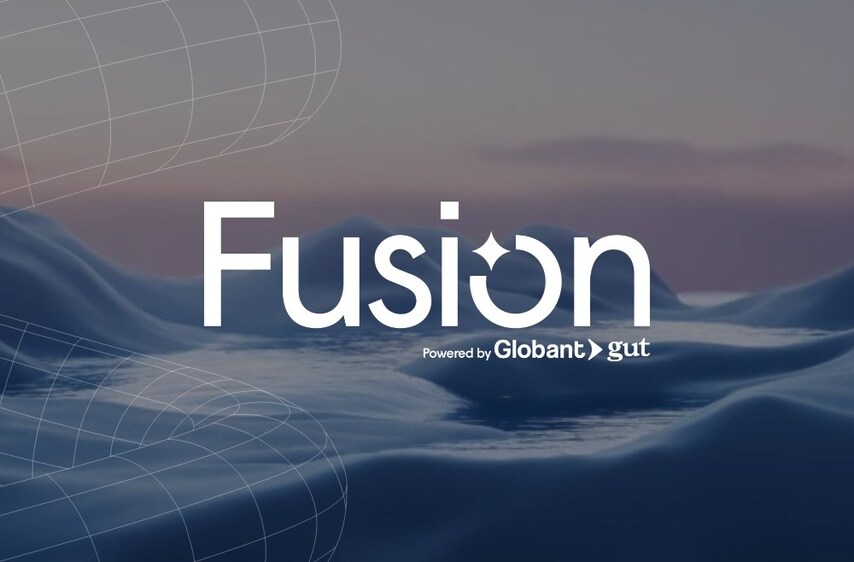
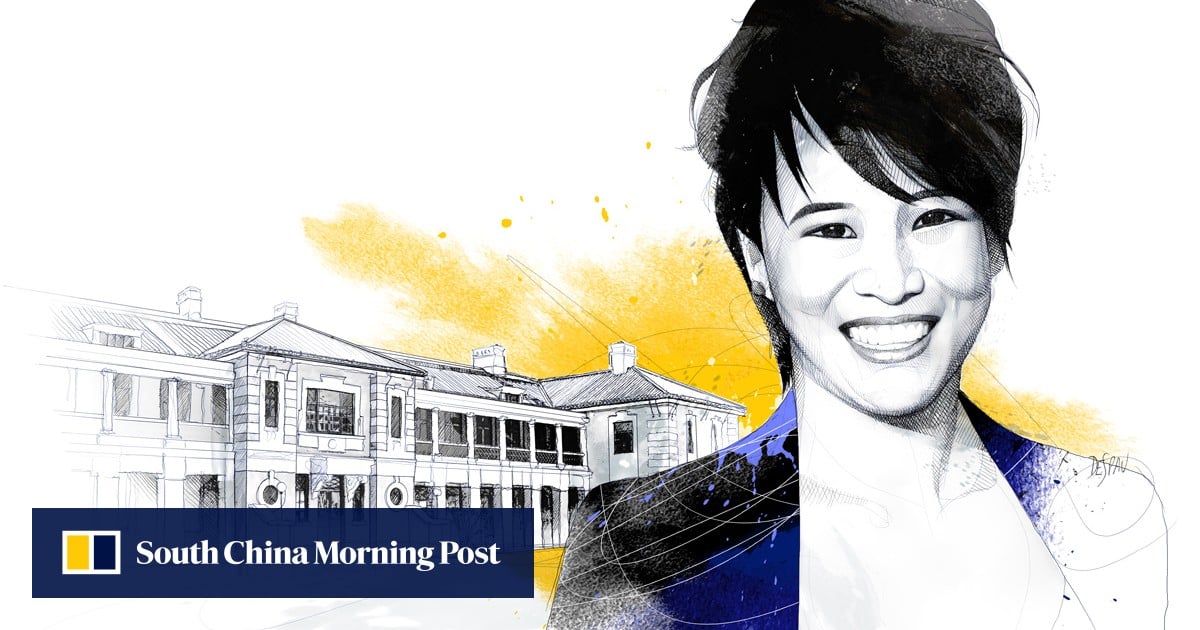



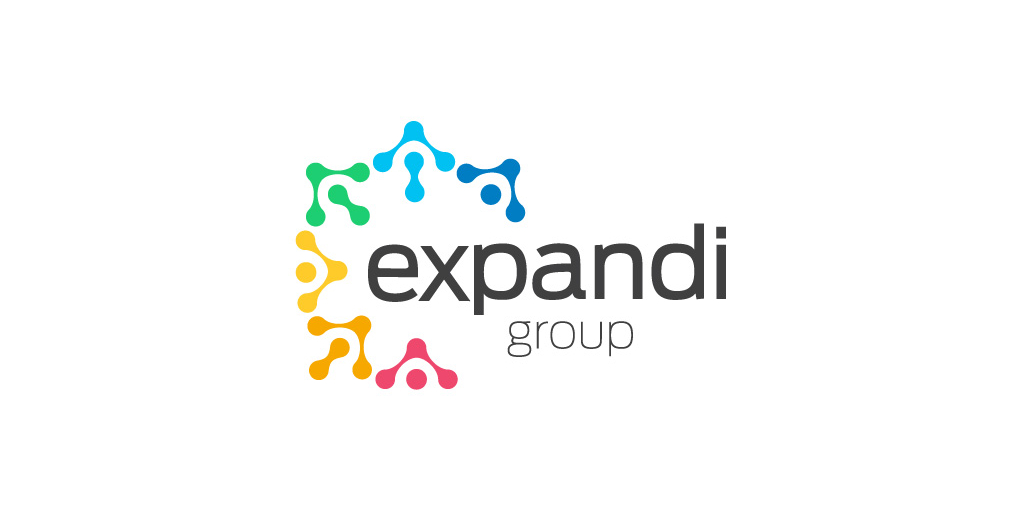
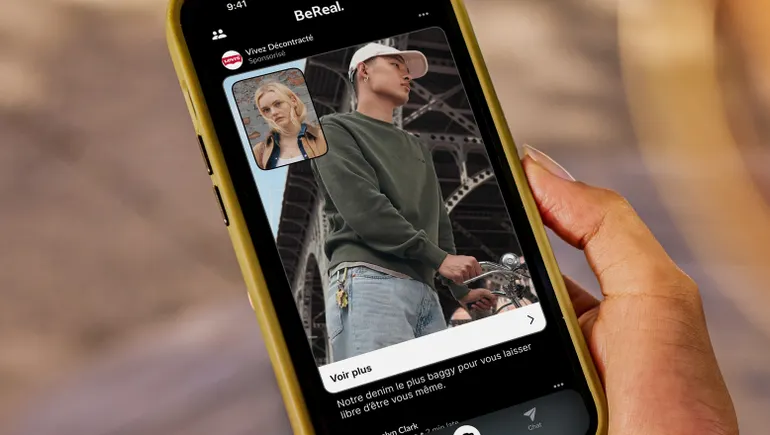

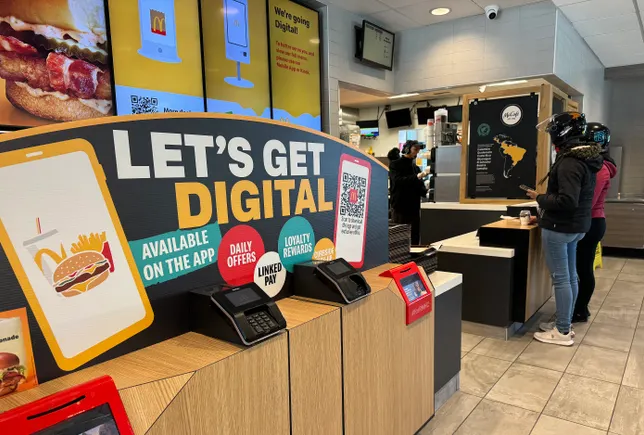
Leave a Reply